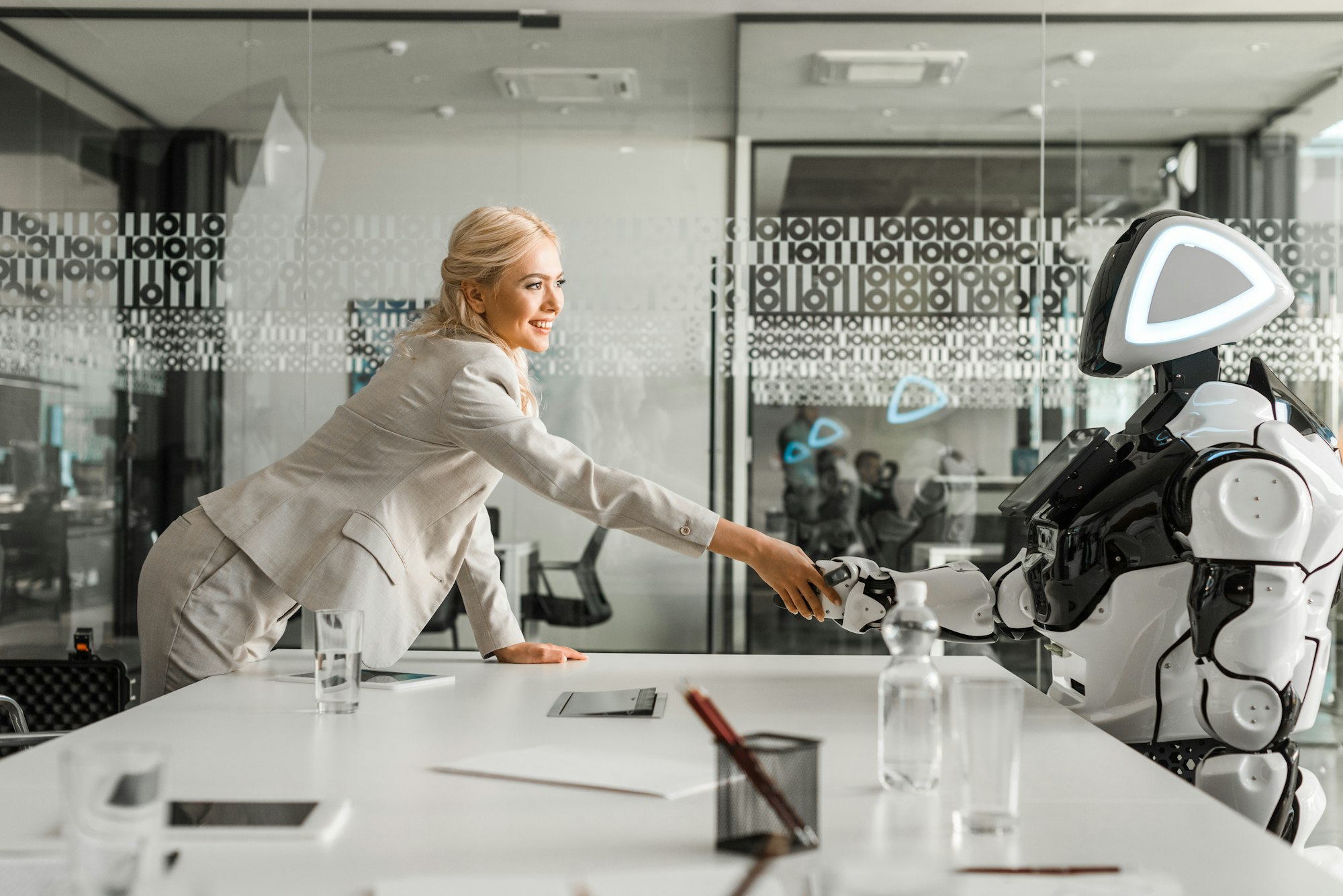Elon Musk, the CEO of Tesla, has announced that the company will start using humanoid robots named Optimus in its factories starting next year. This move is part of Tesla’s continuous effort to make their production processes more efficient and cost-effective.

Tesla’s Focus on Innovation
Tesla is well-known for its innovative approaches in the car industry, especially in areas like self-driving technology and artificial intelligence. Now, they are taking a step further by integrating humanoid robots into their operations. These robots will take over repetitive and simple tasks, helping to increase productivity and efficiency on the production line.
What is Optimus?
Optimus is a humanoid robot designed to be affordable and mass-produced, with a planned price of less than $20,000 each. Initially, Tesla plans to use these robots for tasks within their own factories. By 2026, they hope to start selling them to other companies.
How This Affects Tesla
Despite a 7% drop in car sales causing a decrease in revenue last quarter, Tesla still managed to see a 2% rise in overall revenue, thanks to their expanding energy storage business. By bringing in humanoid robots, Tesla aims to further streamline its operations and strengthen its leading position in the electric vehicle market.
Looking Ahead: Potential and Hurdles
Elon Musk is known for his ambitious visions, such as creating self-driving taxis. However, the successful integration of humanoid robots into Tesla’s production line will depend on several factors, like getting approval from regulatory bodies and ensuring the robots operate efficiently.
Learn about Tesla’s upcoming project to introduce humanoid robots in manufacturing and its potential effects on the company’s future.

FAQs about Tesla’s Introduction of Humanoid Robots
Q1: What are Optimus robots and what tasks will they perform?
A: Optimus robots are humanoid robots designed by Tesla to handle repetitive and simple tasks within their factories. These tasks could include assembling parts, moving materials, and other routine operations that can enhance productivity and efficiency on the production line.
Q2: How much will an Optimus robot cost, and when will they be available to other companies?
A: Optimus robots are planned to be affordable, with a target price of under $20,000 each. Tesla aims to start using them internally next year and hopes to begin offering them to other companies by 2026.
Q3: How will the introduction of Optimus robots impact Tesla’s business?
A: By integrating Optimus robots, Tesla aims to streamline its production processes, reduce costs, and increase overall efficiency. This move is expected to help Tesla maintain its leading position in the electric vehicle market, even amid fluctuations in car sales and revenue. The successful implementation of these robots will also depend on regulatory approvals and operational efficiency.
Sources BBC


